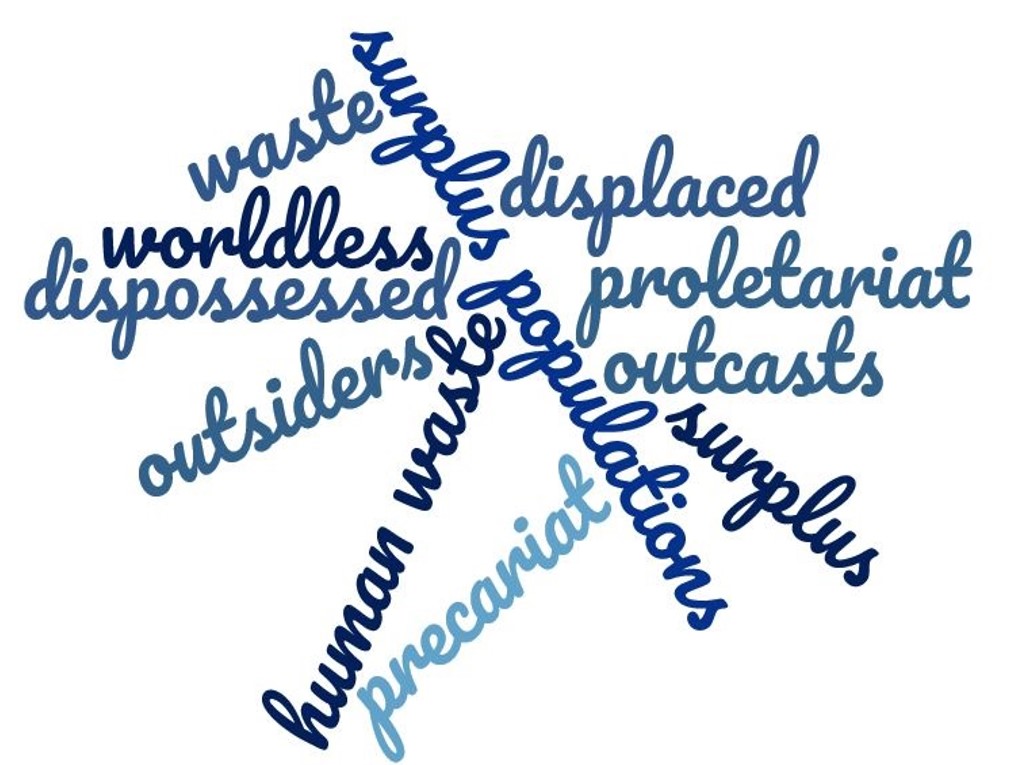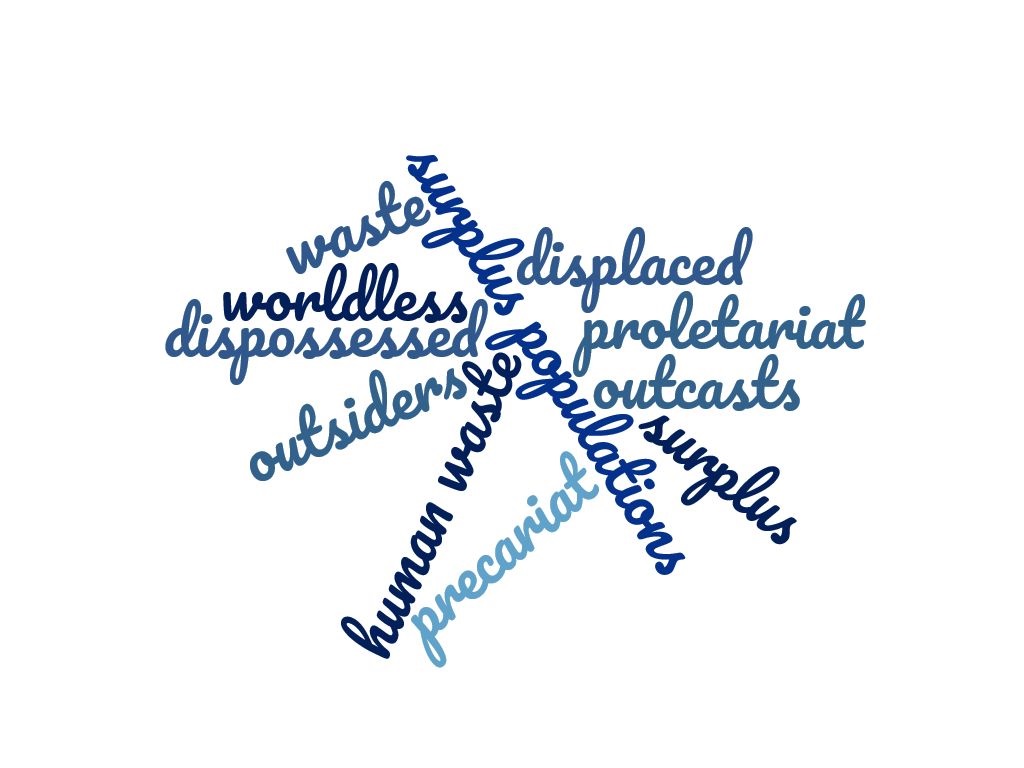The authors of Wageless Life: A Manifesto for a Future beyond Capitalism build an impassioned, effective, and interesting case against neoliberal capitalism that is worth reading! We’ve gone through a lot of this case against in previous posts, so let’s focus on a few that stuck out.
- Enclosure and the Commons. (Sustainable Commons is one of our three images): A theme that keeps reappearing in the After Capitalism research is the role of commons and the “great war of enclosure” between the fifteenth and nineteenth centuries. Common land was privatized sold off, chopped up, bordered, and policed. Enclosure converted open fields into closed property, and “transformed autonomous communities into precarious wage laborers, under a brutal and relentless de-worlding.” The authors cite Karl Polanyi: “Enclosures have been appropriately called a revolution of the rich against the poor.” In short, it’s the foundation of today’s “commodification of everything.”
- Surplus populations. I pulled together a dire set of words th
 e authors used throughout the book to describe perhaps 1.5 billion people today, 2.5 billion by 2030 that comprise the fastest – growing and most novel social class on the planet that denied basic human rights and dignity. They are variously termed the dispossessed, displaced, the outcast proletariat, worldless, outsiders, surplus populations, human waste, and precariat. How did it come to this? Capital, in short has always produced and benefitted from surplus labor. And now we are moving into an era where “surplus populations no longer provide a residual function for capitalism (i.e., wage depression or a reserve army of labor ).” Yikes, but hard to argue with!
e authors used throughout the book to describe perhaps 1.5 billion people today, 2.5 billion by 2030 that comprise the fastest – growing and most novel social class on the planet that denied basic human rights and dignity. They are variously termed the dispossessed, displaced, the outcast proletariat, worldless, outsiders, surplus populations, human waste, and precariat. How did it come to this? Capital, in short has always produced and benefitted from surplus labor. And now we are moving into an era where “surplus populations no longer provide a residual function for capitalism (i.e., wage depression or a reserve army of labor ).” Yikes, but hard to argue with! - Financialization. They make an excellent case for where neoliberalism has got us to, what they call a “Dark Age” of de-socialized capitalism. They net out that “Neoliberalism was and is a class – restoration project. They cite the deregulation of the financial sector and note three interesting points about the financialization of the economy:
- Finance capital is now the principal lever of accumulation for the ultra-rich.
- Financialization has utterly co-opted democracy.
- National governments and their central banks will literally print money out of thin air to keep the finance sector afloat.
But there is some hope in this: “an important lesson from the ascent of neoliberalism was how quickly common sense can, and does, change.” Indeed!
The solutions or what-to-do piece of the work is understandably a bit lighter, as this is an immense wicked problem.
They bring in Polanyi’s three communal forces that capital destroyed, using their restoration as part of the solution:
- Reciprocity, a territorially bound principle of give – and – take or obligation
- Redistribution, the sharing and exchange of goods between people , as with potlatch
- Householding or autarky, the production for one’s own needs
They make the salient point that “Instead of economy being embedded in social relations, social relations are embedded in the economic system.” Yep.
Another really interesting point is exploring what lessons can be learned for what the “surplus populations” outside the system are doing to survive. What can we learn from informal economies? What can we learn from the many surviving in the wastelands of capital, particularly in the global South? They take about the creation of “alter-worlds” that blossom from within/alongside neoliberalism, from within, citing the example of the Zapatistas. They make the terrific point that “There is not one all encompassing alternative, but rather lots of them!”
There is more and it is good and useful, although one might say they occasionally lapse into what might be seen as wishful thinking. But maybe we need some of that! Bravo! – Andy Hines

Leave a Reply